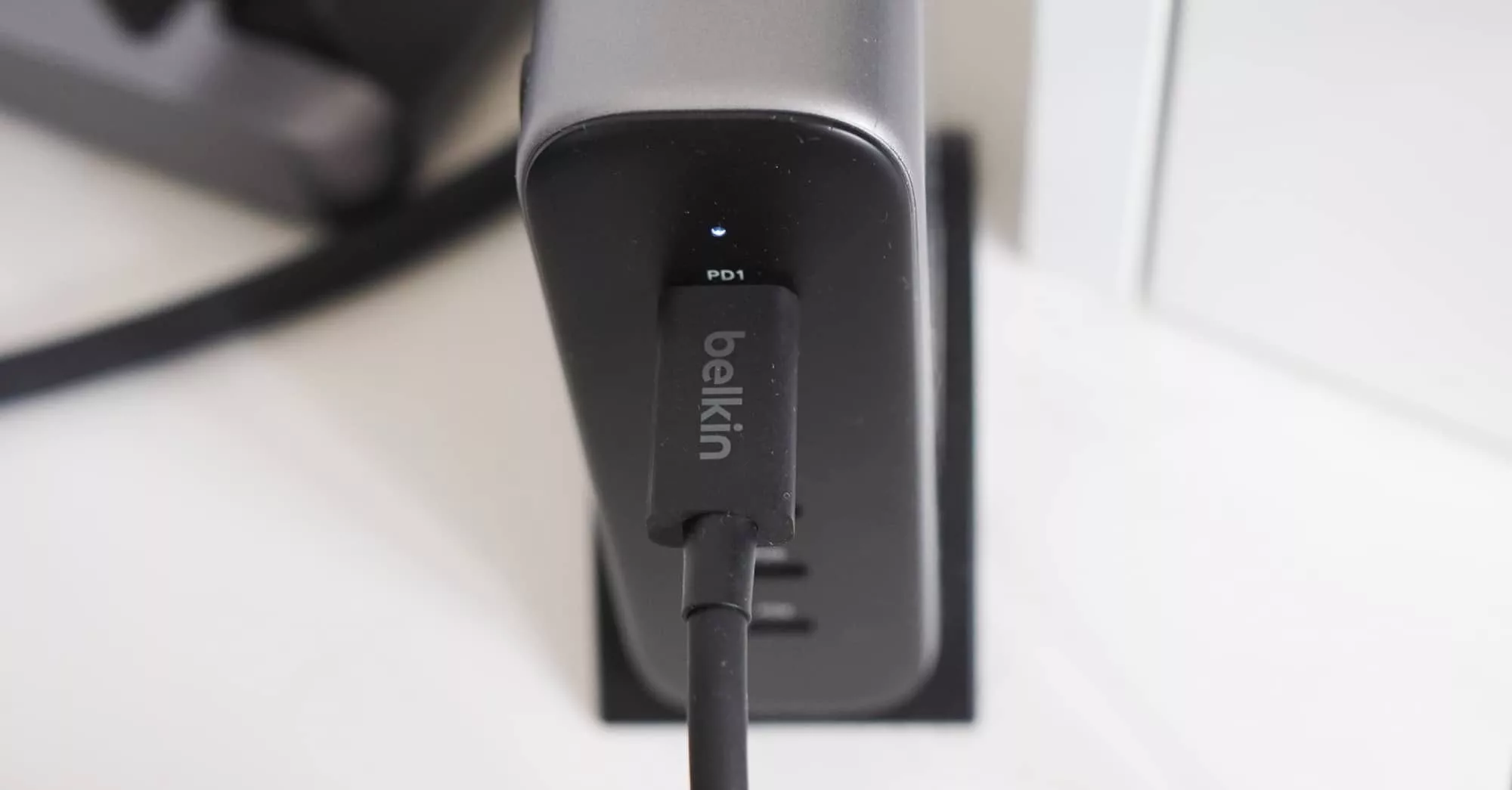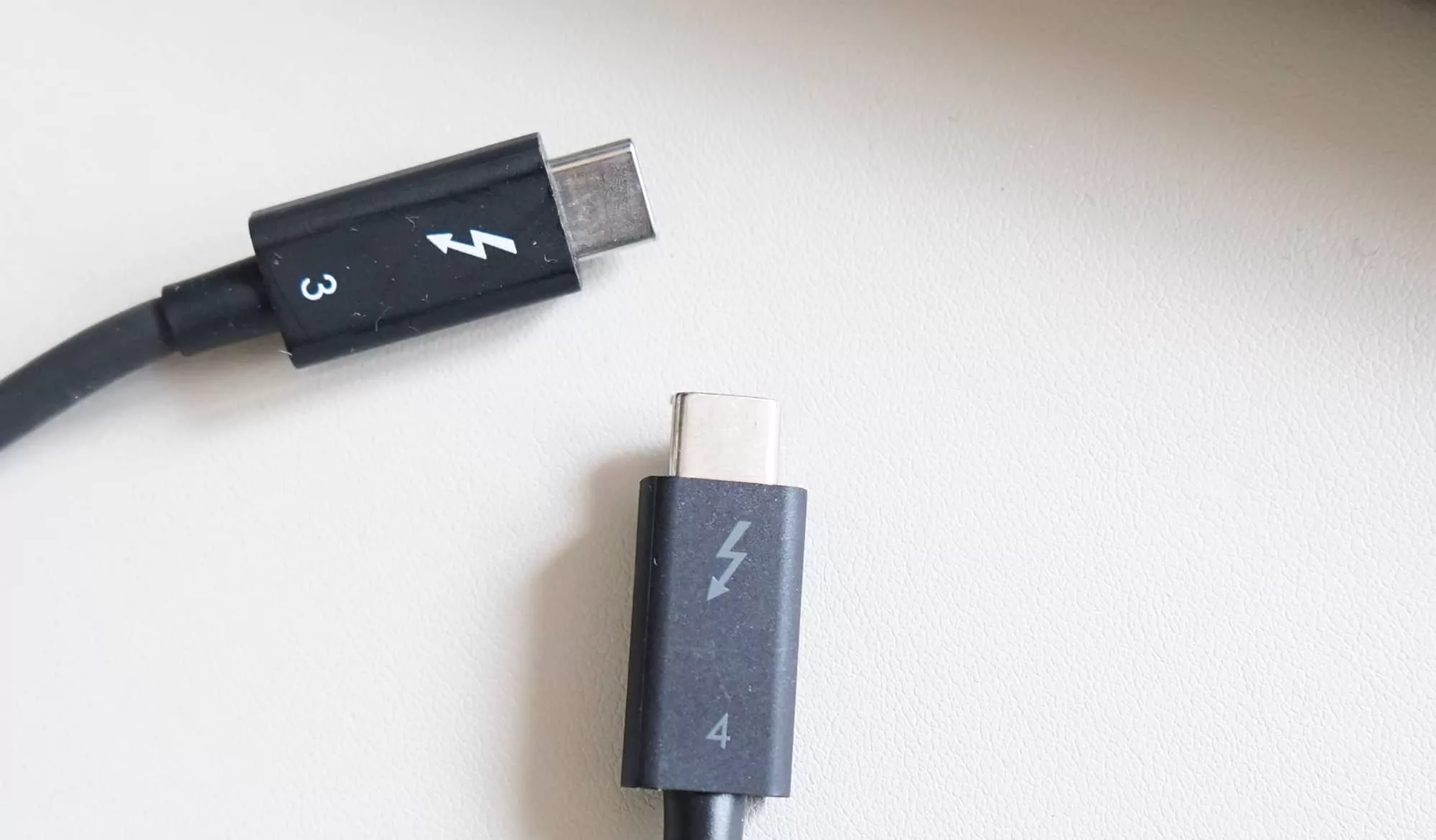The world has moved onto USB Type C and that can only be a good thing. But not every cable gets the same tech, as Thunderbolt 4 cables are showing.
Cables look like cables and typically all look the same. That’s one of the first things you’ll learn when you have an abundance of the things and reach for one thinking it will do the same as everyone else.
But there’s more under the hood than just rubber and copper, and if you use the wrong one, you may find the experience isn’t quite what you were expecting. You only need to look at recent power cables for laptops, tablets, and phones to see that in action.
While the world is gradually moving to Thunderbolt 5 in the next year or so, many devices are still hurriedly making their way to Thunderbolt 4, a connection tech that uses the same USB Type C port type that has become an international standard. Even the new iPhones use USB-C, as the last bastion of Lightning falls and Apple makes the switch everywhere else.
In the defence of Apple, it made the switch for its laptops and tablets long before a lot of other companies, and USB-C has been on its computers for quite some time.
In fact, these days, Type C USB and Thunderbolt is everywhere, found on phones, tablets, headphones, speakers, computers, and pretty much anything else that can take a charge from a USB plug.
But just because the port is the same doesn’t mean the power output is identical. In fact, there’s ample reason to consider a grabbing a Thunderbolt 4 cable, even with Thunderbolt 5 on the way.

New computers charge faster with one
If you have a recent computer, it probably charges with a Type C cable. That’s not news, and has been the way of things for quite a while.
But what you may not realise is that some cables are power limited. That is to say if you opt for a bigger charger, specifically one that can use Gallium Nitride (GaN) to pack in a more sizeable amount of power into a smaller size, the cable you have mightn’t let you get the most out of it.
That’s something we found reviewing the recent Acer Swift Edge 16, where the spare cables we had couldn’t quite get a faster charge from the 200W Satechi GaN charging block on our desk.
Upgrading the cable to a Belkin Thunderbolt 4 cable fixed this, and delivered faster charging to the laptop pronto.

Data speeds are faster, too
It’s an understandably similar situation for data, though PC users will likely feel the impact here more than anyone else.
We’ve largely moved on from a wired world where everything had a cable and needed to be plugged in, but if you still crave high-speed backups and your laptop supports Thunderbolt 4, a TB4 cable could make all the difference.
Officially, Thunderbolt 3 supports 40Gbps speeds, but Windows laptops may not get the full extent of that thanks to a less strict set of requirements, which is where Thunderbolt 4 comes in.
TB4 has more specific requirements and properly hits 40Gbps as a maximum, so if you have a recent computer, Windows or otherwise, a Thunderbolt 4 cable working with a Thunderbolt 4 port is going to give you the most speed.
A cable marked with a “4”
Finding a Thunderbolt cable is usually pretty easy, too, thanks in part to a “4” often on it. If there’s no number, it may still be a Thunderbolt 4 cable, though you’ll typically know because the price will be higher. Take Apple’s braided cables, which lack the digit but include the bolt commonly associated with Thunderbolt.
Hopefully, a Thunderbolt 4 cable will be correctly marked, otherwise the only way you’ll know that you’re getting something as highly spec’d will be testing it.







